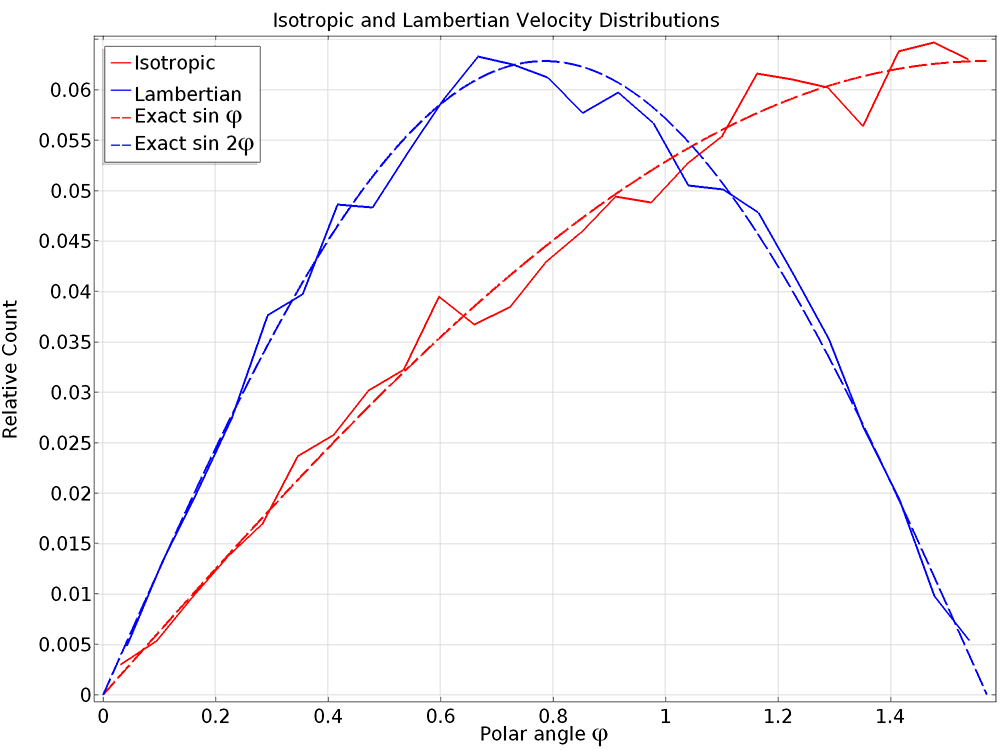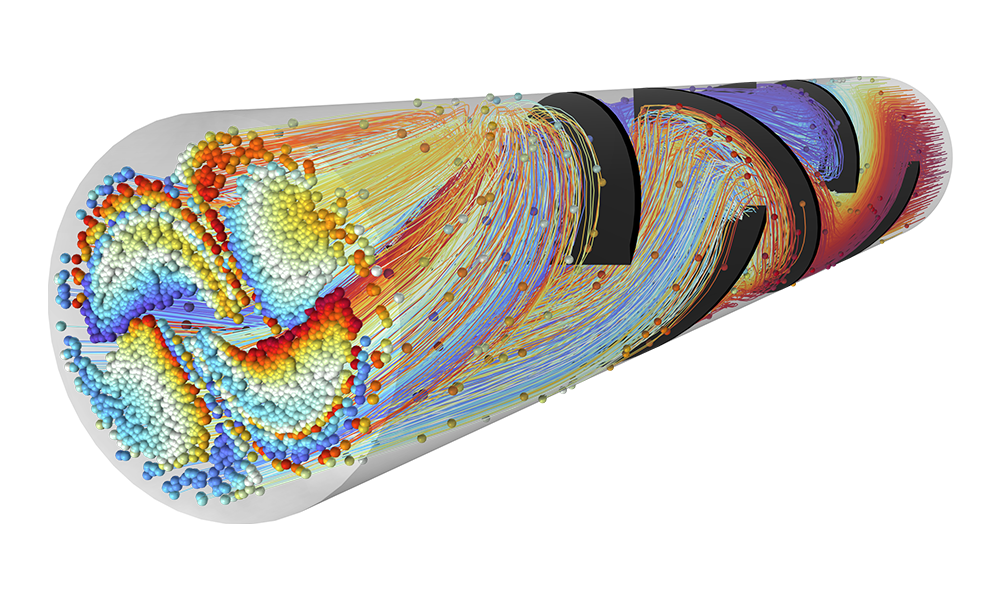
On the fluid side, all turbulence models are now available as well as a number of new boundary conditions. On the structural side, many additional boundary conditions and material models are now available for FSI analysis for example, rigid domain, piezoelectric, and nonlinear elastic material models.

With this approach, all functionality in the constituent physics interfaces is available for fluid-structure interaction (FSI) modeling.

The new coupling matches the modern style, with a number of single-physics interfaces and multiphysics nodes to couple them together. New Fluid-Structure Interaction Interface That Supports All Turbulence ModelsĪ new Fluid-Structure Interaction multiphysics coupling has replaced the interface used in previous versions of the COMSOL ® software. The rotating machinery interface is also available for all turbulence models for more vigorously stirred mixers and tank reactors. The tutorial model of a gently mixed liquid solution utilizes the new rotating machinery interface for laminar flow. All the applicable models in the Application Libraries have been updated to take advantage of this boundary condition. Overall, this leads to more accurate and realistic physical models.

Additionally, it does not constrain the temperature at the inlet's adjacent edges (or points in 2D), but instead assigns a heat flux that is consistent with the upstream conditions. Applied at inlets, where you would previously apply a Temperature boundary condition, the Inflow condition accounts for temperature and pressure from upstream phenomena. The new Inflow boundary condition applies an inflow of heat coming from a virtual domain, which has been excluded from the model to simplify the analysis, with known upstream conditions. The inlet from a nozzle with star-shaped cross section is modeled using the fully developed turbulent flow inlet condition.


 0 kommentar(er)
0 kommentar(er)
